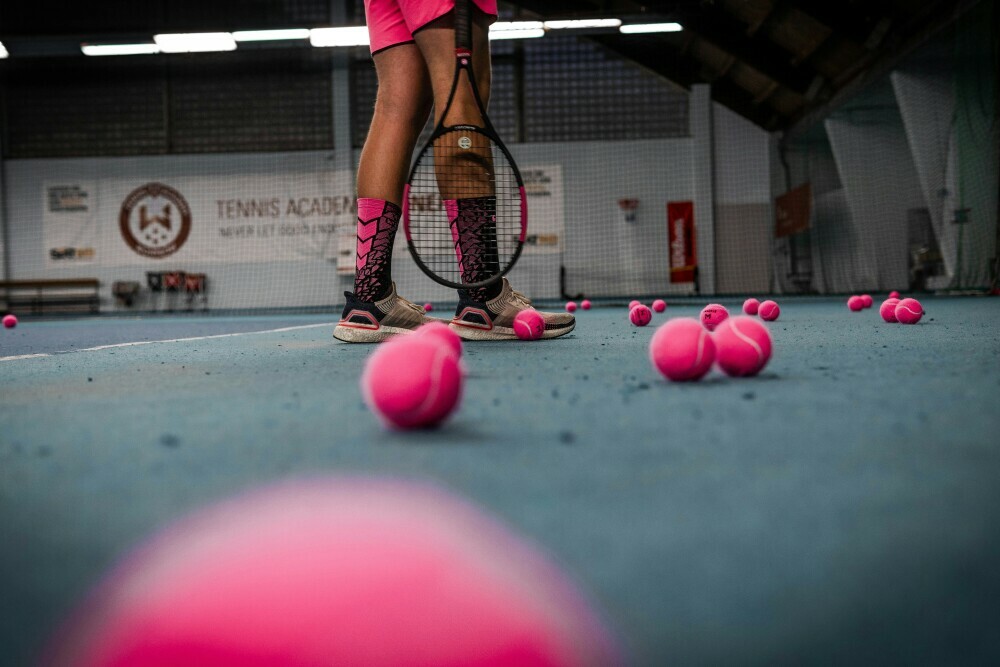
Sidestep the Sidelines: Top Tips to Prevent Sports Injuries
Hitting the field and pushing your limits is what being an athlete is all about. But even the most dedicated athletes face a common foe: sports injuries. These setbacks can sideline you from the game you love and derail your progress. Luckily, with a proactive approach, you can significantly reduce your risk of injury and stay in the competition.
Why Prevention is Key
Sports injuries range from minor muscle strains to more serious ligament tears and fractures. They can not only cause pain and disrupt your training, but also lead to long-term complications if left unaddressed. The good news is that most sports injuries are preventable. By incorporating these tips into your routine, you can become a stronger, more resilient athlete.
Warm Up Like a Champion
A proper warm-up is your body’s battle cry before the competition. Here’s why it matters:
- Increased Blood Flow: Warming up increases blood flow to your muscles, delivering essential oxygen and nutrients to prepare them for activity.
- Enhanced Flexibility: Warming up loosens your joints and increases your range of motion, reducing the risk of strains and tears.
- Improved Mental Focus: A good warm-up routine can sharpen your mental focus and prepare you for the physical demands of your sport.
The Warm-Up Breakdown:
There are two main types of stretches:
- Dynamic Stretches: These involve controlled movements that mimic the motions used in your sport. Examples include leg swings, arm circles, and jumping jacks.
- Static Stretches: Hold these stretches for a sustained period to improve flexibility. Perform them after your dynamic stretches and light cardio.
Building a Fortress: Strength and Technique Training
A strong foundation is essential for any athlete. Here’s how strength and technique training contribute to injury prevention:
- Strength Training: Stronger muscles can better handle the demands of your sport, reducing the risk of muscle imbalances and overuse injuries.
- Flexibility: Good flexibility improves your range of motion and reduces tightness that can lead to injuries.
- Technique: Mastering proper form in your sport minimizes stress on your joints and muscles.
Listen to Your Body: Beyond Training
Your body is a finely tuned machine, and it needs proper care to function at its best:
- Fuel for Performance: A balanced diet rich in fruits, vegetables, and whole grains provides the energy your body needs to train and recover.
- Hydration is Key: Stay hydrated before, during, and after exercise to avoid muscle cramps and fatigue.
- Rest and Recovery: Don’t push yourself too hard. Schedule rest days and allow your body time to repair and rebuild muscle tissue.
- Mind Over Matter: Mental stress can contribute to injuries. Practice relaxation techniques and prioritize mental well-being.
Seek Guidance: A Winning Partnership
Consulting a certified athletic trainer or physical therapist can be a game-changer. These professionals can:
- Develop Personalized Training Programs: Tailored programs address your specific needs and weaknesses, reducing your risk of injury.
- Identify and Correct Technique Flaws: Proper technique is crucial for injury prevention. A professional can help you identify and correct any flaws in your form.
- Recognize Warning Signs: Trainers can help you identify the early signs of overtraining or potential injuries, allowing for preventive measures.
By following these tips and seeking professional guidance when needed, you can significantly reduce your risk of sports injuries. Remember, prevention is the ultimate victory, keeping you on the field, in the game, and reaching your full athletic potential.